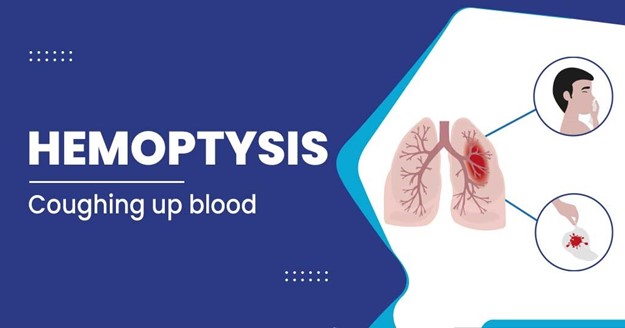A nurse is assessing a client who has suspected appendicitis. Which of the following manifestations should the nurse expect?(Select all that apply.).
Elevated WBC Count.
Elevated amylase level.
Rebound tenderness.
Ascites.
Anorexia.
Correct Answer : A,C,E
Choice A rationale:
An elevated white blood cell (WBC) count is an expected manifestation in a client with suspected appendicitis. Inflammation in the appendix leads to an immune response, causing an increase in WBC count.
Choice B rationale:
Elevated amylase level is not typically associated with appendicitis. Elevated amylase is more commonly seen in pancreatitis, not appendicitis.
Choice C rationale:
Rebound tenderness, which refers to increased pain when pressure is released rather than applied, is a classic symptom of appendicitis. The nurse should expect to find rebound tenderness during the abdominal assessment.
Choice D rationale:
Ascites are not a common manifestation of appendicitis. Ascites is the accumulation of fluid in the abdominal cavity and are more commonly seen in liver cirrhosis and certain other conditions, but not in appendicitis.
Choice E rationale:
Anorexia, or loss of appetite, can be seen in clients with appendicitis due to the inflammation and discomfort in the abdominal region.
Nursing Test Bank
Naxlex Comprehensive Predictor Exams
Related Questions
Correct Answer is C
Explanation
Choice A rationale:
A blood glucose level of 100 mg/dL is within the normal range, so there is no need to notify the provider of this finding.
Choice B rationale:
A client's temperature of 37.6°C (99.7°F) is slightly elevated but not considered a critical finding. It may be indicative of an infection or other mild inflammation, but it does not warrant immediate provider notification.
Choice C rationale:
A potassium level of 5.7 mEq/L is above the normal range (3.5-5.0 mEq/L). Hyperkalemia can lead to serious cardiac complications, such as arrhythmias, and requires immediate attention from the provider.
Choice D rationale:
Weight loss of 0.8 kg/day (1.8 lb/day) should be evaluated and monitored, but it is not an immediate concern that warrants urgent provider notification.
Correct Answer is C
Explanation
Choice A rationale:
Expiratory rhonchi are typically associated with conditions such as chronic bronchitis or asthma but are not specific to pulmonary embolism.
Choice B rationale:
Petechiae over the lower extremities is not a characteristic finding in pulmonary embolism. Petechiae are tiny red or purple spots that appear due to bleeding under the skin and may be associated with other conditions like thrombocytopenia.
Choice C rationale:

The correct choice. Hemoptysis, which refers to coughing up blood, is a concerning finding in pulmonary embolism. It occurs due to the obstruction of blood flow in the pulmonary vasculature, leading to blood leaking into the lungs.
Choice D rationale:
Flattened neck veins are more likely to be observed in conditions associated with decreased venous return to the heart, such as hypovolemia or cardiac tamponade, and are not directly related to pulmonary embolism.
Whether you are a student looking to ace your exams or a practicing nurse seeking to enhance your expertise , our nursing education contents will empower you with the confidence and competence to make a difference in the lives of patients and become a respected leader in the healthcare field.
Visit Naxlex, invest in your future and unlock endless possibilities with our unparalleled nursing education contents today
Report Wrong Answer on the Current Question
Do you disagree with the answer? If yes, what is your expected answer? Explain.
Kindly be descriptive with the issue you are facing.
